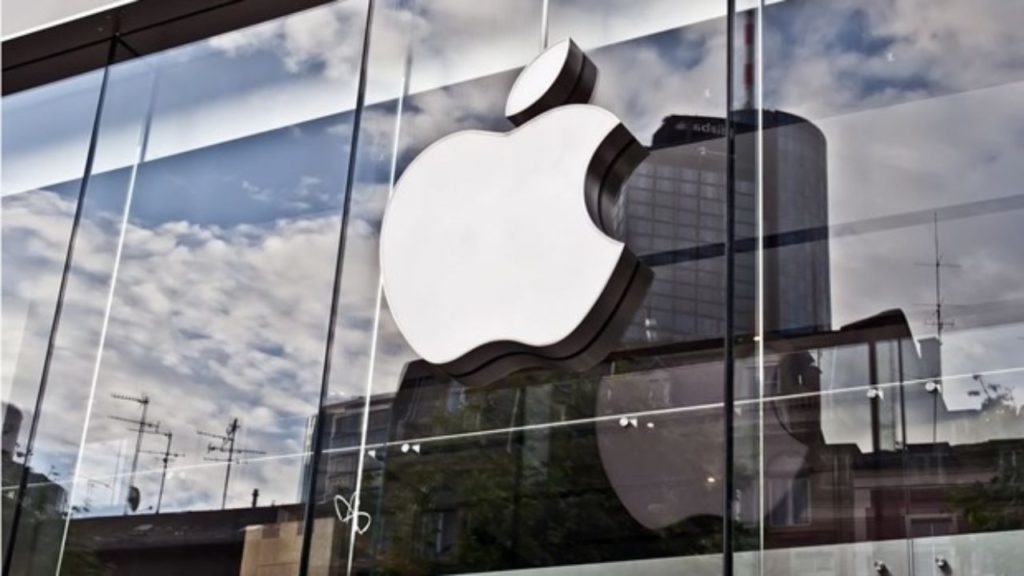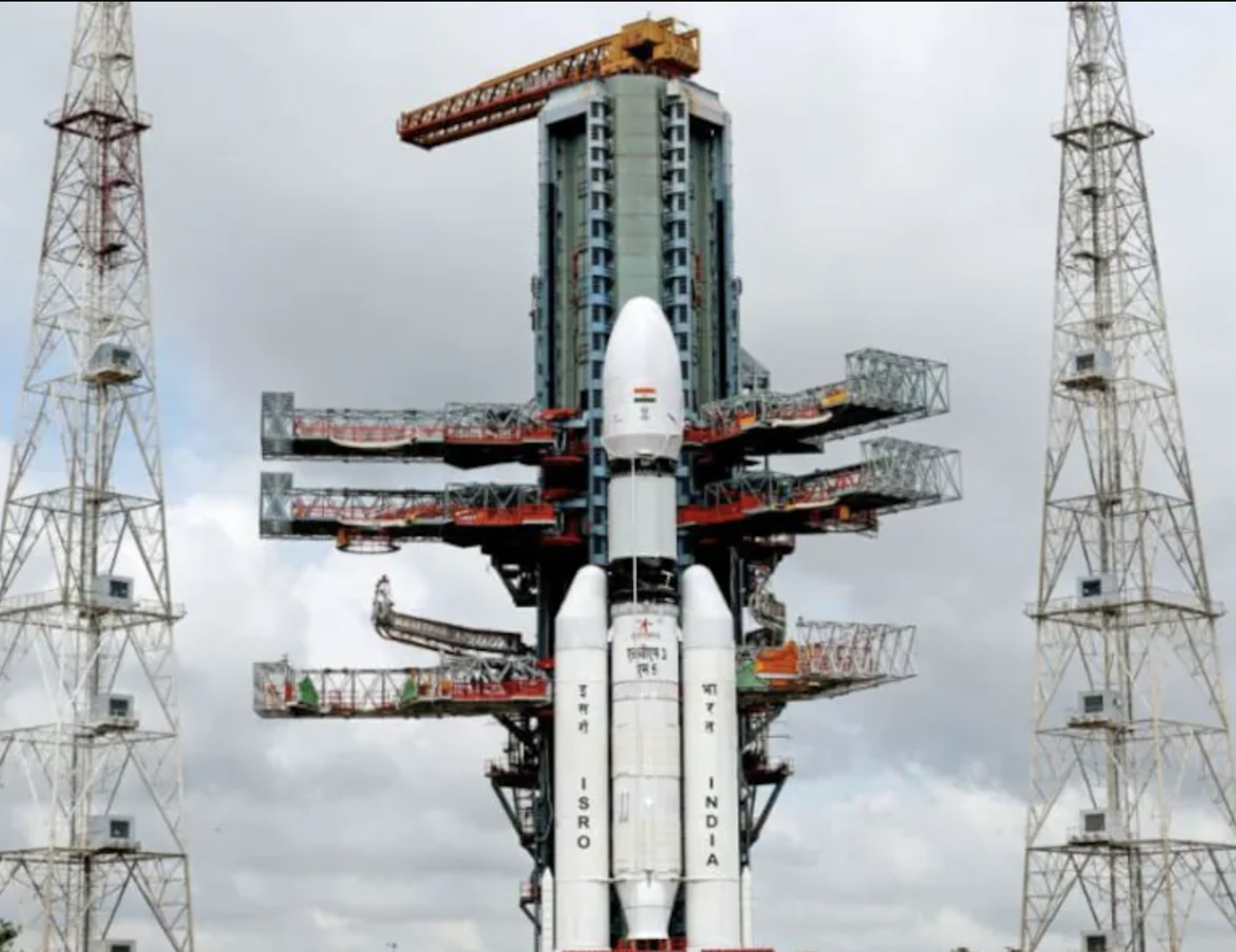Trusted Apple analyst Ming-Chi Kuo shared details regarding the company’s production and expansion plans in India.

This marks a huge shift in that it would be the first instance of an iPhone being made out of China.
Present scenario
Presently, Apple assembler Foxconn owns nearly 80 percent of the production lines for iPhone models in India.
He also made predictions regarding Apple’s growing production volume in India.
This year, India has already been responsible for 12–14% of global iPhone shipments, with Foxconn owning 75–80% of the iPhone production capacity in the country.
And if all goes well, the proportion of iPhones made in India will increase to 20–25% by 2024.
Waning presence
However, possibly due to Apple’s growth in India, the expansion could end up in a decrease in Foxconn’s production scale in Zhengzhou and Taiyuan, China, by 35–45% and 75–85%, respectively, by 2024.
Kuo said the new product introduction (NPI) for the standard iPhone 17 is expected to kick-off in India in the second half of 2024.
Made in India devices
The phones which would be manufactured in India would launch in global markets by 2025.
He further claims the standard iPhone model was chosen for its lower-difficulty design development to reduce design risk.
Going ahead, Kuo said Apple plans to strengthen its relationship with the Indian government by making Tata an iPhone assembler.
Tata gets involved
Kuo said the relationship with Tata as one of the smartphone assemblers is “critical” to the company’s growth in the next 10 years.
Tata is expected to join Foxconn and Pegatron to help produce iPhones in the country.
Taiwan’s Wistron gave its approval to the sale of its 100 percent indirect stake in Wistron InfoComm Manufacturing to Tata Electronics, for approximately $125 million (roughly Rs. 1,040 crore).
Importance to Apple
This giant acquisition will make it the first Indian firm to assemble Apple’s iPhone models in the country.
This strategic move is expected to benefit future sales of iPhones and other products in India.
And also, not to mention how critical it is to Apple’s growth over the next decade.












